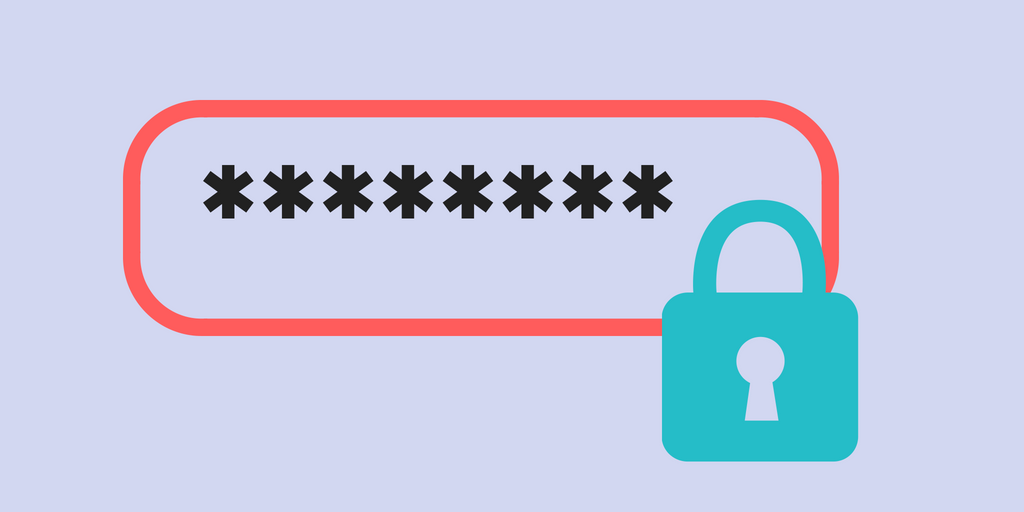Crafting Fortresses: A Comprehensive Guide to Creating Strong Passwords

Introduction:
In the digital age, where our lives are intricately woven into the fabric of the online realm, the importance of safeguarding our personal information cannot be overstated. At the frontline of this cyber defense is the humble password – the key that unlocks the gates to our virtual kingdoms. This comprehensive guide will delve into the intricacies of creating strong passwords, exploring the principles of password security, common pitfalls to avoid, and advanced strategies to fortify your digital defenses.
I. Understanding the Importance of Strong Passwords:
In an era dominated by cyber threats, the need for robust password protection cannot be overemphasized. A strong password serves as a barrier between your sensitive information and potential attackers. Whether it’s your email, social media accounts, or online banking, the strength of your passwords plays a pivotal role in safeguarding your digital identity.
II. Principles of Strong Passwords:
- Complexity is Key: Strong passwords are characterized by their complexity. Incorporate a mix of uppercase and lowercase letters, numbers, and special characters. Avoid easily guessable information such as birthdays, names, or common words.
- Length Matters: Longer passwords provide an additional layer of security. Aim for a minimum of 12 characters, and consider using passphrases – a sequence of words or a sentence – to enhance both complexity and memorability.
- Avoid Dictionary Words: Dictionary attacks involve systematically trying every word in the dictionary. Steer clear of using common words, even if combined with numbers or symbols. Instead, opt for unique combinations that are less susceptible to automated attacks.
- Uniqueness is Non-Negotiable: Resist the temptation to reuse passwords across multiple accounts. Each online platform should have a distinct, strong password. In the unfortunate event of a security breach on one site, this practice prevents a domino effect of compromised accounts.
- Regular Updates: Treat passwords like perishable goods – they have a shelf life. Regularly update your passwords to thwart potential threats. This practice is particularly crucial for accounts holding sensitive information.
III. Common Pitfalls to Avoid:
- Obvious Choices: Refrain from using easily guessable passwords, such as “password,” “123456,” or common phrases like “letmein.” These choices are among the first options attackers attempt during a breach.
- Personal Information: Avoid incorporating easily discoverable personal information like your name, birthday, or the names of family members. Cybercriminals often leverage such details acquired from social engineering or public sources.
- Repetitive Patterns: Patterns like “12345” or “qwerty” are easily cracked. Opt for random sequences that lack predictable structures. Passwords should be a puzzle only you can solve.
- Insecure Storage: Never store passwords in plain text. Use secure methods such as password managers, which encrypt and protect your credentials behind a single, strong master password.
IV. Advanced Strategies for Password Security:
- Two-Factor Authentication (2FA): Elevate your security posture with 2FA, requiring an additional authentication step beyond your password. This often involves receiving a code on your mobile device or using biometric data for added verification.
- Password Managers: Consider using a reputable password manager to generate and store complex passwords securely. These tools not only simplify the process but also enhance your overall security by eliminating the need to remember multiple passwords.
- Diceware Passphrases: Diceware involves generating passphrases by rolling physical dice to select words from a list. This method creates strong, memorable passwords that are resistant to both brute-force and dictionary attacks.
- Biometric Authentication: For devices that support it, leverage biometric authentication methods such as fingerprint or facial recognition. These add an extra layer of security beyond traditional passwords.
- Regular Audits: Conduct regular audits of your passwords and security settings. Review and update your passwords periodically, ensuring that they align with the latest security best practices.
Conclusion:
Creating strong passwords is not merely a defensive measure; it’s a proactive step toward fortifying your online presence. In a world where digital threats evolve constantly, the responsibility falls on individuals to adopt robust security practices. By adhering to the principles outlined in this comprehensive guide – emphasizing complexity, avoiding common pitfalls, and exploring advanced strategies – you can craft digital fortresses that stand resilient against the ever-present tide of cyber threats. Remember, the strength of your passwords is the linchpin that guards your digital kingdom, and investing time in creating and maintaining strong passwords is an investment in the security of your virtual realm.







